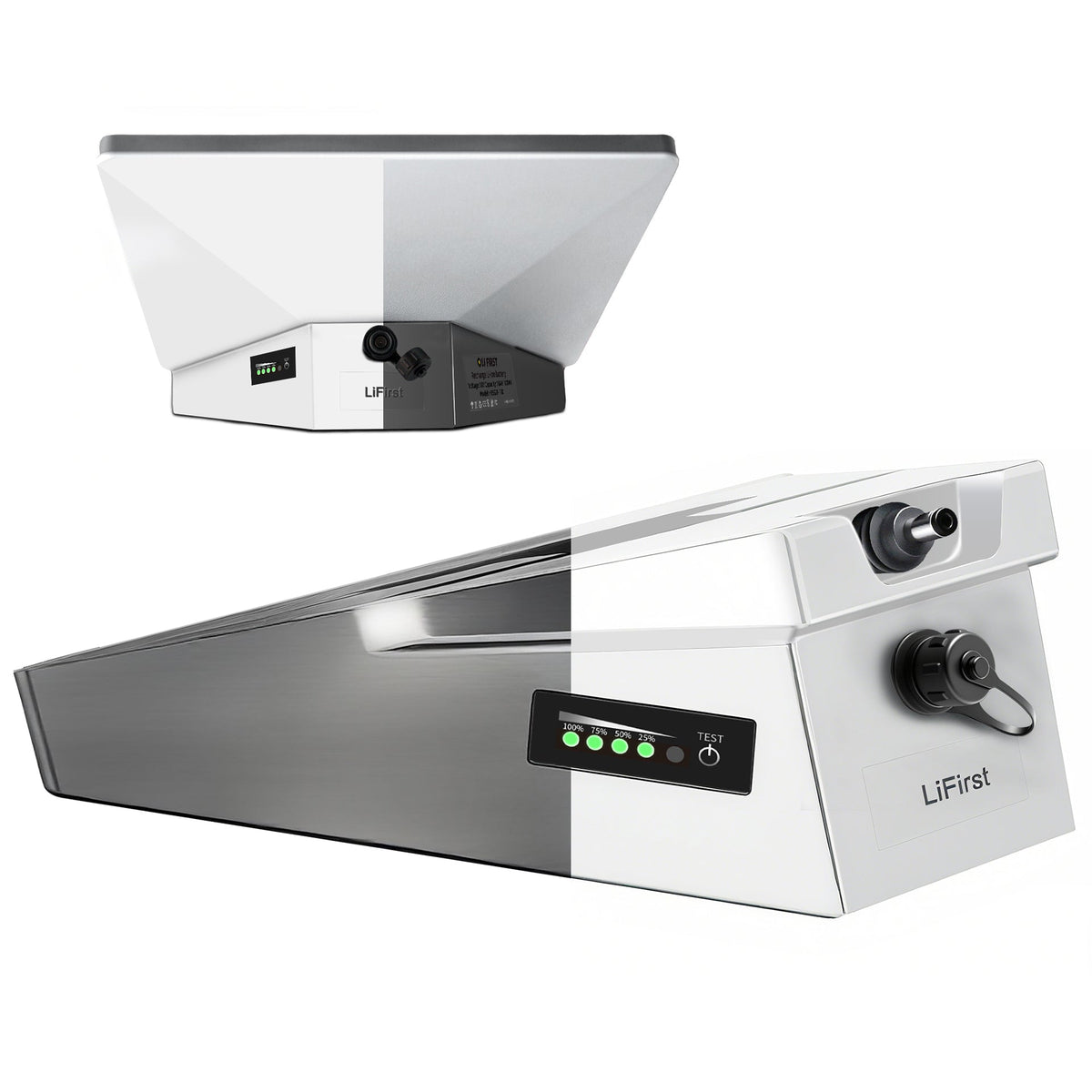SpaceX appears to be rolling out a hardware refresh: FCC filings and teardown-style reports point to a Gen-4 Wi-Fi router (internal model UTR-251) and a separate compact “Router Mini” intended to act as a mesh/extension node for the Starlink Mini kit. These new routers are designed to support wider frequency bands and Wi-Fi-6 features, with lower power draw and a more compact form factor — traits that directly benefit portable users (lower power → longer battery runtime; smaller size → easier integration into backpacks/vehicles).
On the network side, Starlink’s newer satellites (V2 / V4 family, and ISL/laser improvements) are being paired with router upgrades so home and portable terminals can exploit higher per-beam capacity and lower latency when available. For users this translates to: (1) higher peak download potential as the constellation upgrades, (2) improved in-home Wi-coverage via mesh nodes (Router Mini), and (3) a clear move to make mobile kits (Mini) more like “real” consumer networking products — easier to pair with your phone/laptop and to extend coverage on a boat/van.
Practical takeaways for your customers (how to advise them):
If you run Starlink Mini on battery packs, prefer batteries that support the PD wattage Gen-4 gear expects (check PD 20V/5A or PD3.1 specs).
When the Gen-4 router ships, customers who need stronger in-cabin Wi-coverage (RV, boat cabins) should consider adding a Router Mini node instead of a third-party mesh for smoother integration.

0 comments